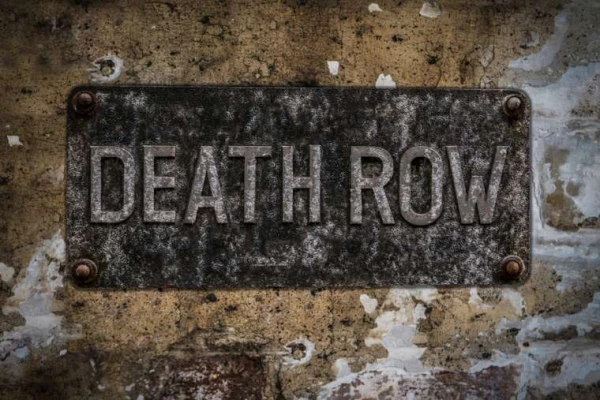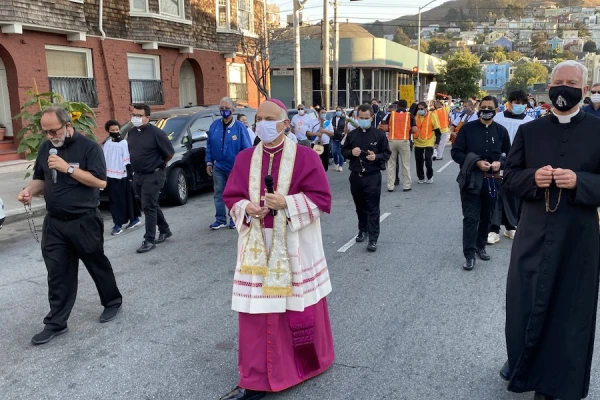Biden ad campaign woos Catholic voters, stays silent on abortion
Biden says he remains opposed to abortion personally, but he has promised to abolish the Hyde Amendment, which bans federal funding for abortion.
The post Biden ad campaign woos Catholic voters, stays silent on abortion appeared first on Catholic Herald.
Read More

 When we pray with Mary, we pray with Christ, for their intentions are one and the same. Mary flies to our aid because this is what mothers do when their children are in trouble.
When we pray with Mary, we pray with Christ, for their intentions are one and the same. Mary flies to our aid because this is what mothers do when their children are in trouble.
 Perhaps the nicest thing that could be said about the first presidential debate between Donald Trump and Joe Biden was that it was a mess. This takeaway from the debate misses the bigger point that Republicans and conservatives need to see: the Democrats are following a script and it’s completely at odds with reality. The […]
Perhaps the nicest thing that could be said about the first presidential debate between Donald Trump and Joe Biden was that it was a mess. This takeaway from the debate misses the bigger point that Republicans and conservatives need to see: the Democrats are following a script and it’s completely at odds with reality. The […]
Recent Comments